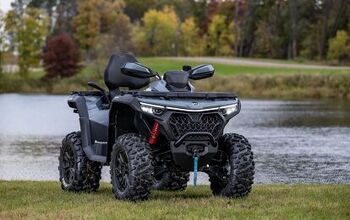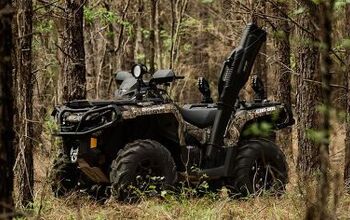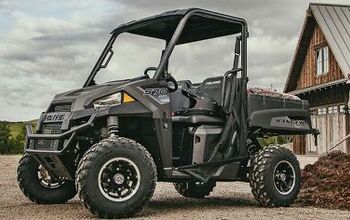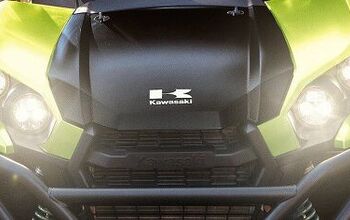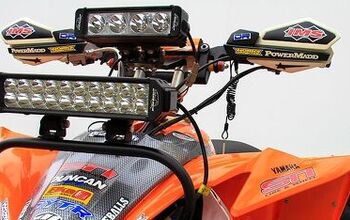What Are Locking Differentials and Does My 4x4 Need Them?

Locking differentials have become more common over the years, increasing in popularity as the operation of such has become increasingly easy as well. Locking differentials, called locking diffs or lockers by enthusiasts, enhance traction and stability, particularly in challenging terrains or adverse driving conditions. Understanding their function, types, and significance provides insight into their importance in ensuring optimal performance and safety, and getting the most out of your vehicle’s locker along the way.
First, the basics: A differential is a gear train within the axle assembly of a vehicle that enables the wheels to rotate while receiving power from the engine. This is essential when turning corners, allowing the outer wheel to rotate faster than the inner wheel. This disparity in wheel speed is necessary as the inner wheel travels a shorter distance during a turn.
What is a locking differential? Common on full-size 4x4s and on 4WD ATVs, a locking differential is a mechanism designed to address a limitation of standard unlocked “open” differentials. In standard or open differentials, power is distributed equally to both wheels. However, when one wheel loses traction (due to ice, mud, or uneven terrain, for example), the differential sends power to the wheel with the least resistance, often resulting in loss of traction for both wheels as it shifts back and forth across the axle.
A locking differential, when engaged, mechanically locks both wheels together, ensuring they rotate at the same speed, regardless of traction differences. This feature becomes pivotal in off-road situations or when encountering slippery surfaces. By maintaining equal rotation of both wheels, a locking differential provides improved traction and prevents a single wheel from spinning uncontrollably. Think of it as pushing (rear differential) or pulling (front diff) a shopping cart with one foot on ice versus both on pavement. The difference in grip is exponential.
There are different types of locking diffs. A mechanical locking differential utilizes mechanical components to physically lock the wheels together. Examples include the "locker" or automatic locking differential and the selectable locking differential. These can be operated in many different ways depending on the manufacturer. Note that four-wheel-drive ATVs generally have rear differentials that lock themselves when in 4WD, but operation of the front varies. Yamaha employs a push button, Kawasaki a pull lever (which has to be held continuously when a locked front end is desired), and automatic by way of using sensors (a la Can-Am and Polaris).
A slightly different variation is a Limited Slip Differential (LSD). While not a true locking differential, LSDs use clutch packs, viscous fluids, or other mechanisms to limit speed differences between wheels. They allow some differentiation in wheel speed but engage to provide additional traction when needed. Call it a half-way between an open diff and a true locker, but it’s sure better than the former.
But why do locking differentials matter? Reason number one is enhanced traction: Locking differentials significantly improve a vehicle's ability to achieve grip-- literally double that of an open diff-- on challenging terrains such as mud, snow, or rocky surfaces. By ensuring both wheels receive power simultaneously, they prevent loss of traction on one wheel, improving overall grip. And, as we know, extra grip is a good thing. In turn, this allows ATVs equipped with lockers to navigate tricky terrain with greater ease and reduced risk of getting stuck.
In turn, this means increased stability and control. When driving in adverse conditions, maintaining control over the vehicle is vital. Locking differentials help ensure stability by preventing wheels from spinning independently, thus reducing the likelihood of skidding or losing control. This can pay dividends in towing and hauling. Vehicles used in this way benefit from locking differentials as they help distribute power evenly, minimizing the risk of wheel slippage and providing better stability, thus making getting the work done better and easier.
That said, there are some limitations and considerations. Locked differentials can affect on-road handling, especially during turns on high-traction surfaces, potentially causing tire wear or increased stress on drivetrain components. Similarly, a differential locking when it shouldn’t can impact driver control, or lack thereof. In some cases, drivers might need to manually engage or disengage locking differentials, requiring awareness and proper timing to optimize their functionality.
Perhaps worst is the increased likelihood of breakage. With no give, locked diffs can snap axle shafts, stubs, and/or CVs quite easily if there is a sudden, drastic increase in traction for a tire that was spinning prior. There is, too, risk of damaging the differential itself. Still, the benefits generally outweigh the downsides, especially in the case of more extreme usage.
Locking differentials play a pivotal role in enhancing a vehicle's off-road capabilities and overall performance in adverse conditions. By ensuring both wheels receive power equally, they mitigate traction loss, improve stability, and provide better control in challenging situations. Their versatility makes them indispensable for off-road enthusiasts, workers in rugged environments, and anyone seeking improved traction and stability in their vehicles. However, understanding their operation and considering their impact on on-road performance is crucial for riders seeking to optimize their use.

Ross hosts The Off the Road Again Podcast. He has been in the off-road world since he was a kid riding in the back of his dad’s YJ Wrangler. He works in marketing by day and in his free time contributes to Hooniverse, AutoGuide, and ATV.com, and in the past has contributed to UTV Driver, ATV Rider, and Everyday Driver. Ross drives a 2018 Lexus GX460 that is an ongoing build project featured on multiple websites and the podcast and spends his free time working on and riding ATVs.
More by Ross Ballot




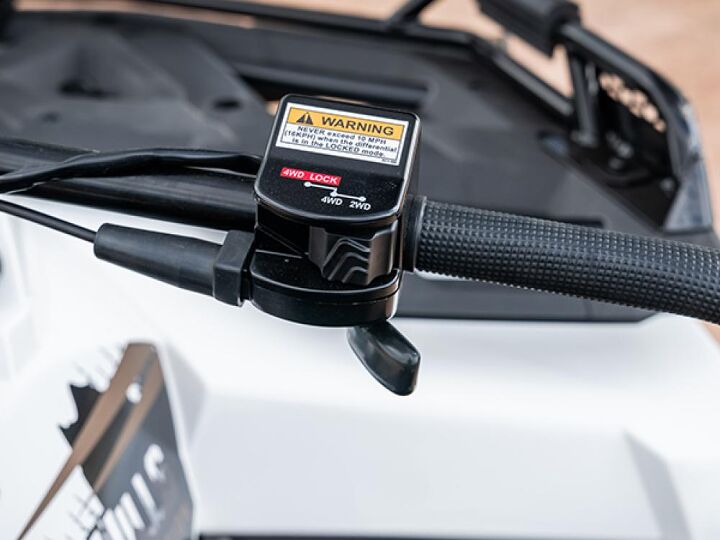










![Derek Guetter Lands 75-foot Back Flip [video]](https://cdn-fastly.atv.com/media/2022/10/24/8742829/derek-guetter-lands-75-foot-back-flip-video.jpg?size=350x220)
![More ATVs on Ice [video]](https://cdn-fastly.atv.com/media/2022/10/24/8742964/more-atvs-on-ice-video.jpg?size=350x220)


